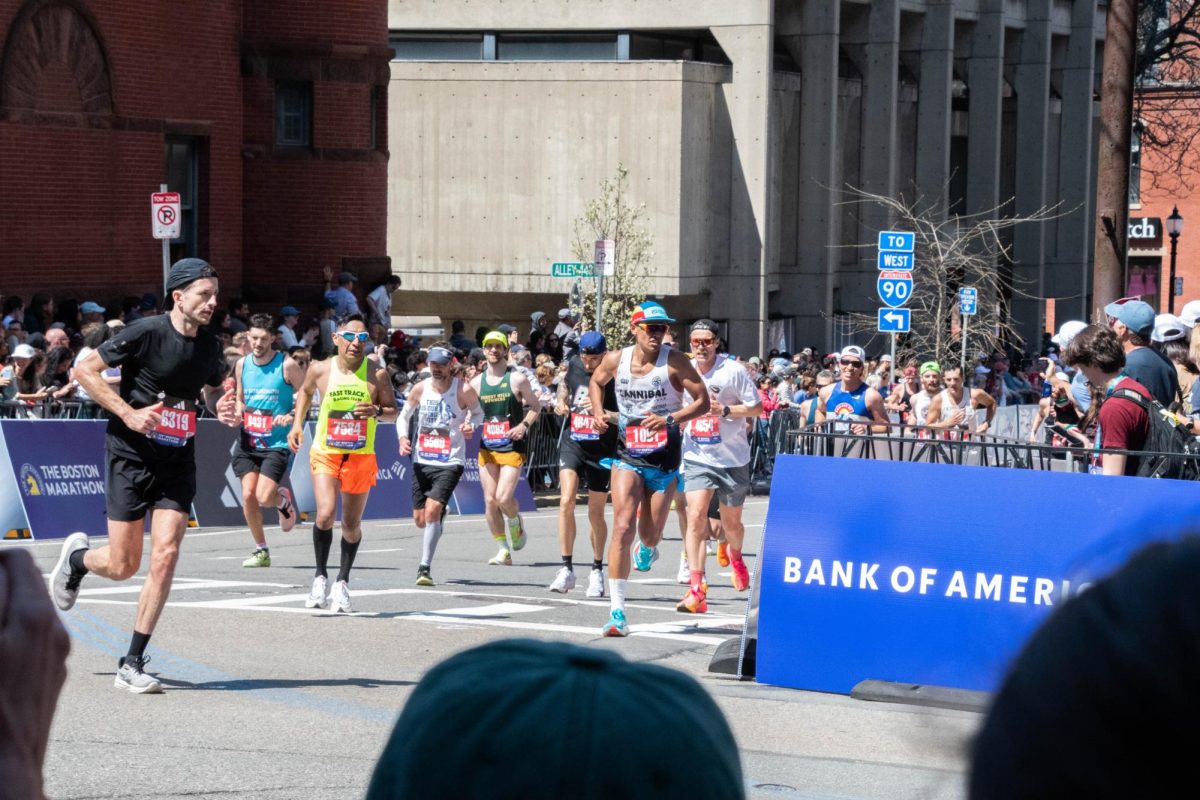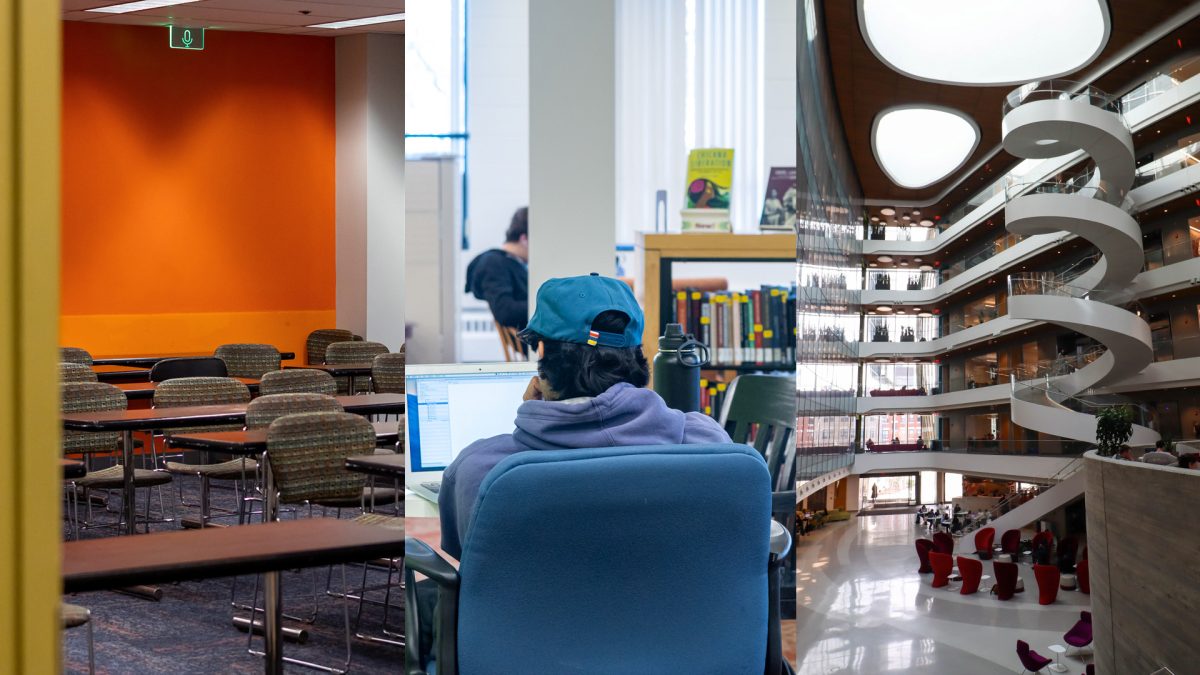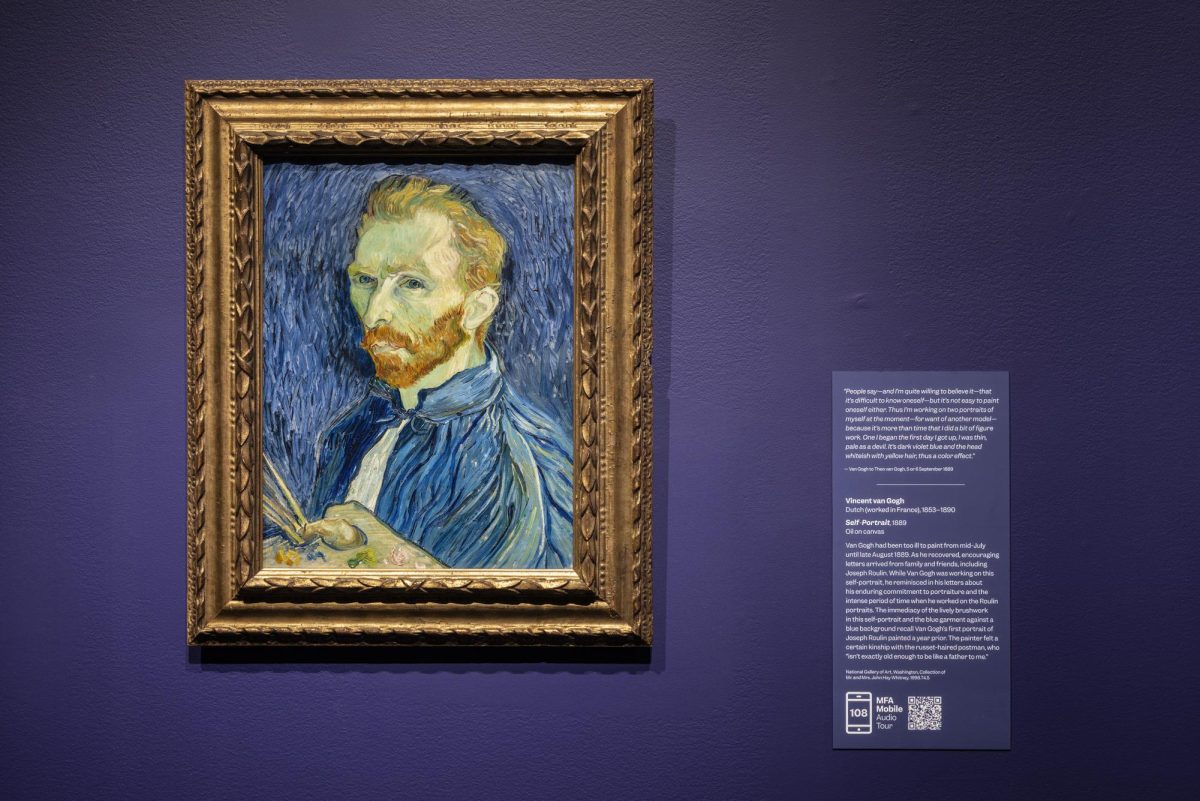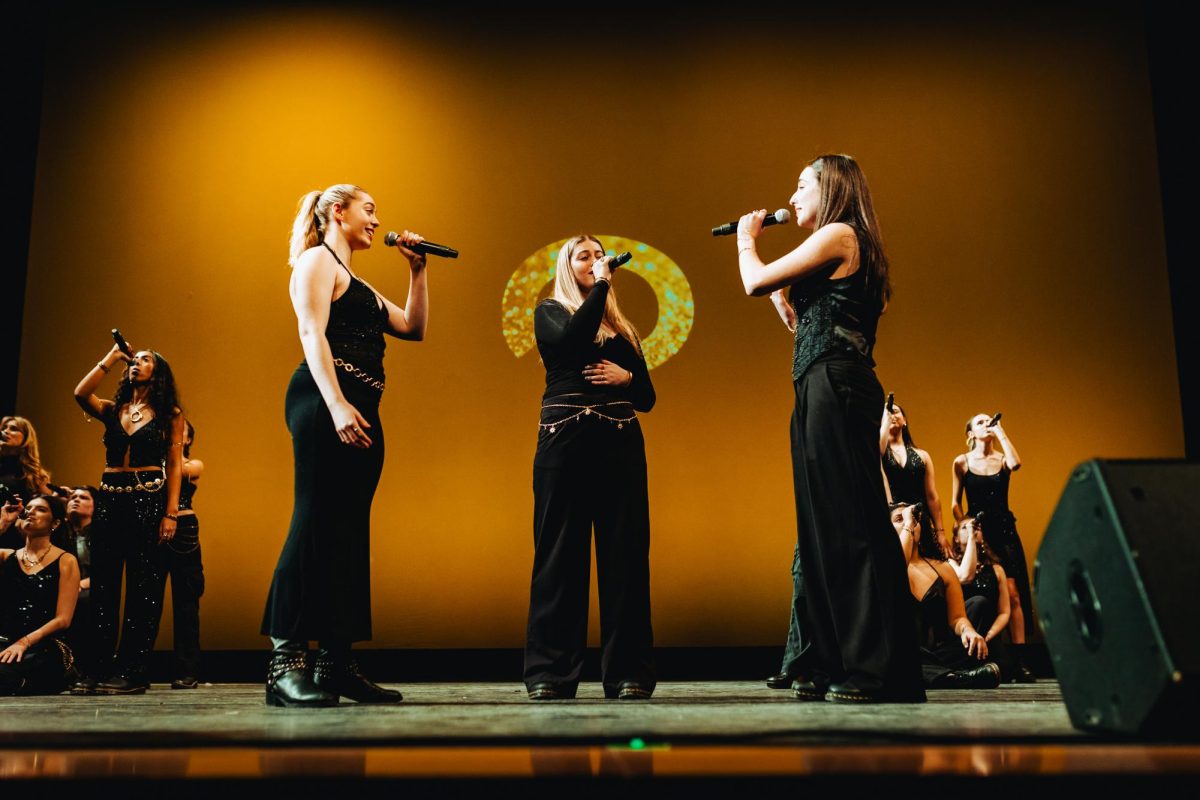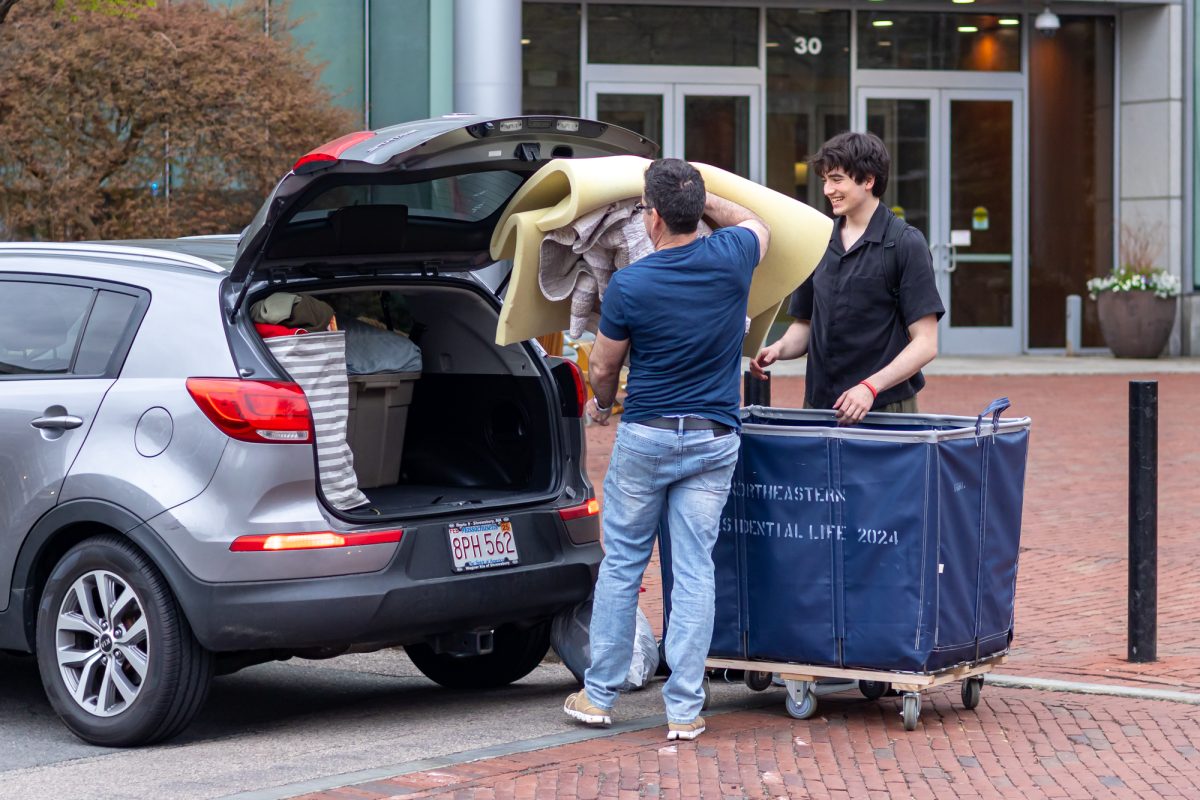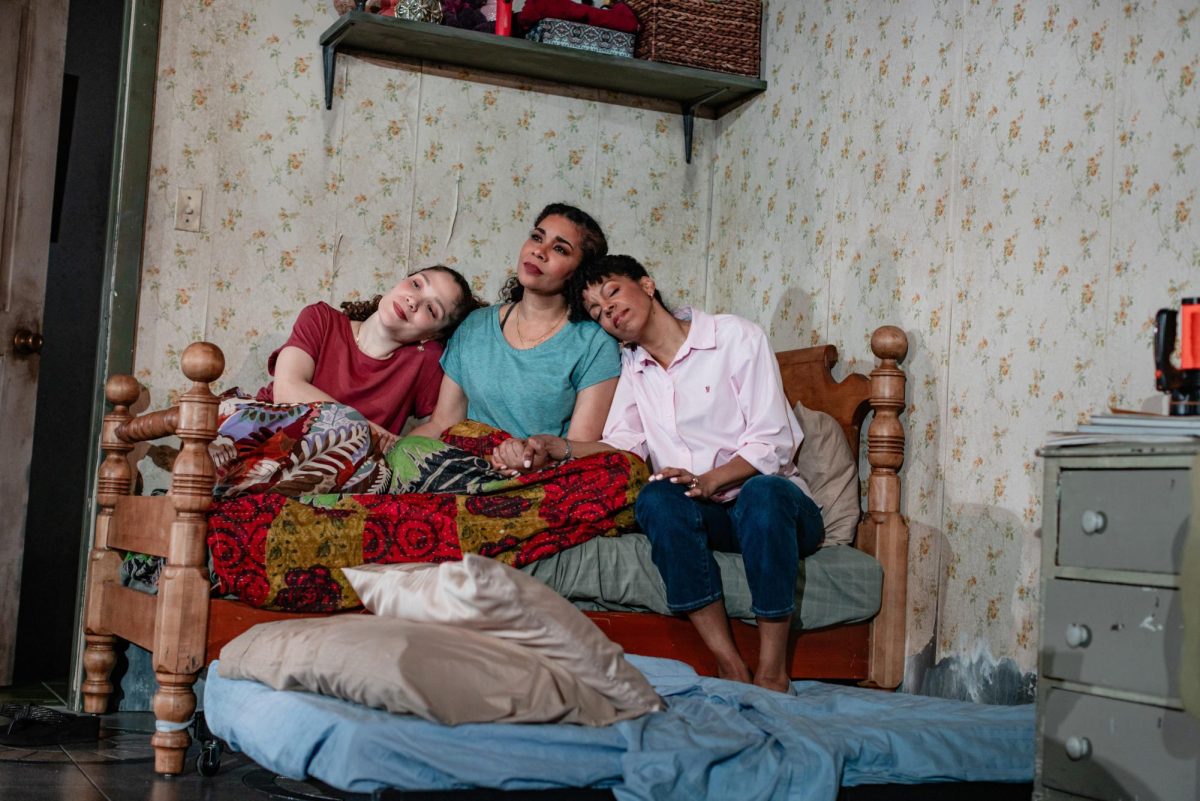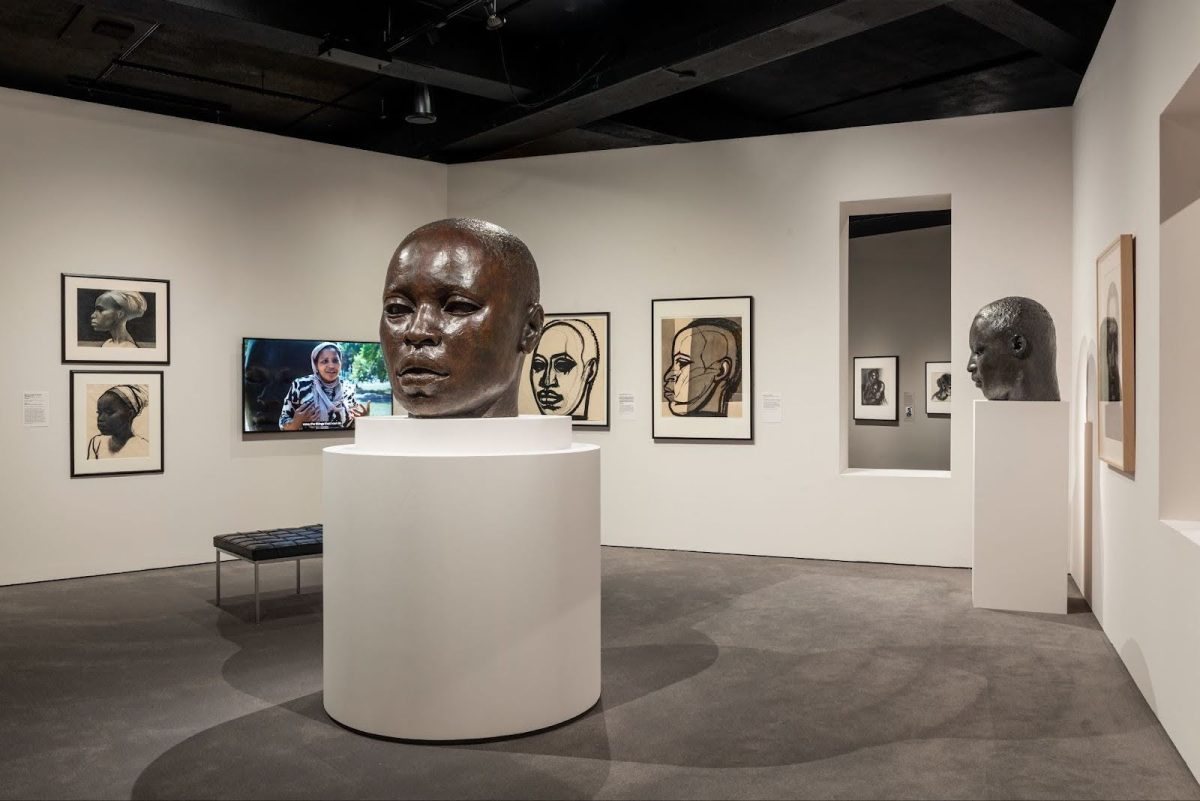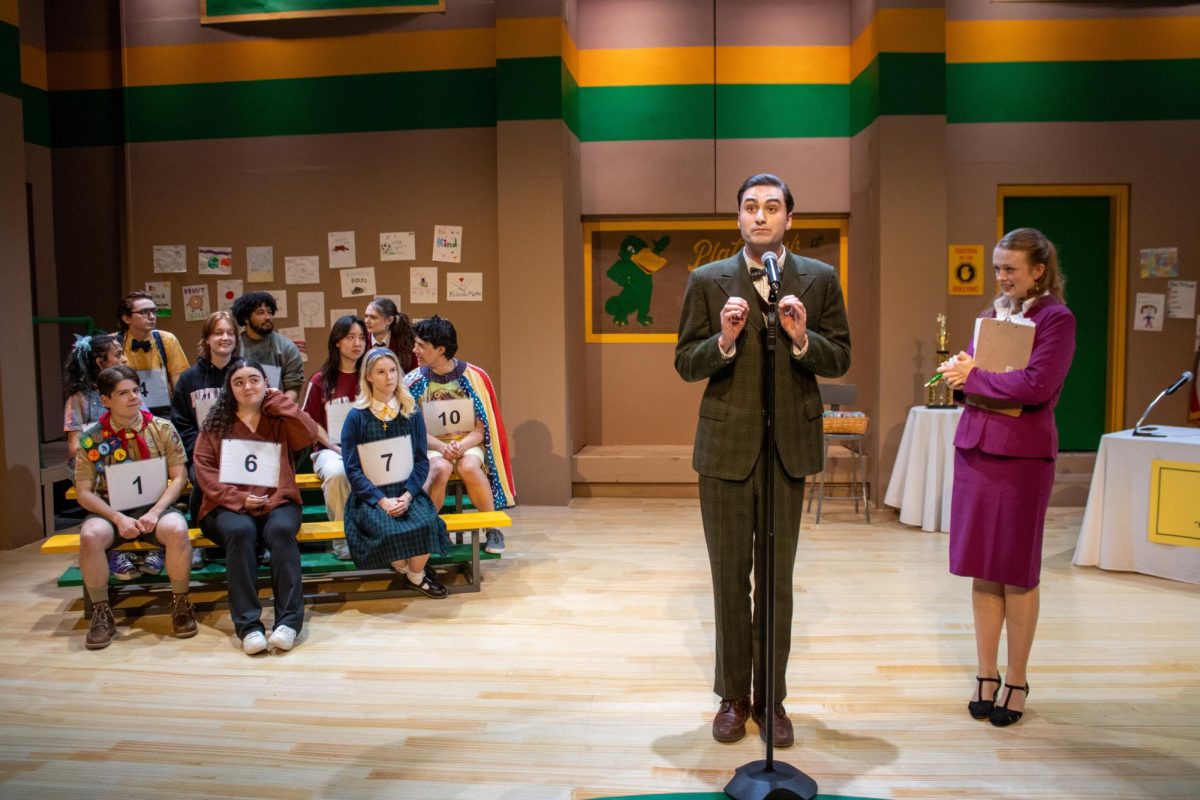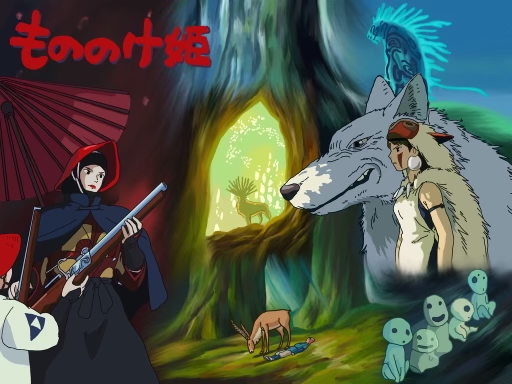By Connie E., arts & entertainment columnist
This election has certainly broken hearts and shattered dreams of people coming from different backgrounds and walks of life. I can still recall the mood around campus on Wednesday – it was filled with sadness, anger and despair. The brisk November winds felt so heavy, as if time was put into slow motion.
Yet, what I also sensed was an unprecedented level of caring, sharing and camaraderie. Those who were crying had a friend or stranger’s shoulder to lean on; those who were filled with anger had their classes turned into a safe space for sharing. For the majority of us who were still in a state of shock and flooded with a palette of emotions, at least there are the “angry” and “sad” reaction buttons to press on Facebook.
Without over-generalizing, this election was, by and large, a triumph of the white working-class males whose jobs have been shifted abroad and whose personal freedom they feel has been infringed upon by the Democratic government. Under the wave of globalization and biased media coverage, they have felt voiceless and neglected by the Washington establishment.
This election was their chance to fight back, with a candidate from a non-conventional business background and hateful rhetoric against communities that they believe have prevented America from “being great again.”
This is exactly where the danger of division creeps in.
When Nelson Mandela became the first black president of South Africa in 1994, there was a triumphant sentiment amongst the black community that they had finally regained their country. They were ready to impose those years of oppression, segregation and suffering onto the whites.
However, Mandela never answered racism with racism. He had a vision for a South Africa that would belong to people of all colors right from the beginning. While in jail as a political prisoner, he spent years studying Afrikaans, the language spoken by white South Africans known as Afrikaners, most of whom considered him a terrorist. He used his knowledge to win them over.
The most famous example of his attitude is Mandela’s historic handshake with François Pienaar, a white Afrikaner who captained South Africa’s Springboks to victory at the 1995 Rugby World Cup. Rugby is a traditionally white sport that saw black people cheering for the opposition. But during the final, Mandela appeared in the green-and-gold Springbok jersey and cap.

Pienaar receives the 1995 rugby World Cup from Mandela. Photo Courtesy Charly W. Karl, Creative Commons
Mandela saw the bigger picture of peace and reconciliation. He resisted pressure to scrap the Springbok, the team’s despised emblem, for being a symbol of apartheid, and rallied the nation around the players.
Post-election America faces a different set of challenges, but the stakes are no lower.
Perhaps it wouldn’t be a bad idea for Trump to give Mandela’s autobiography “Long Walk to Freedom” a read, and to understand that it’s dangerous to neglect any voices in society. Had Mandela not recognized the Afrikaners as an essential part of the country and embraced them with empathy and reconciliation, South Africa wouldn’t be the country it is today.
What would Mandela have said to Trump?
I presume he’d borrow what Obama said at the Democratic National Convention in 2004: “There is not a liberal America and a conservative America — there is the United States of America. There is not a black America and a white America and Latino America and Asian America — there’s the United States of America.”




